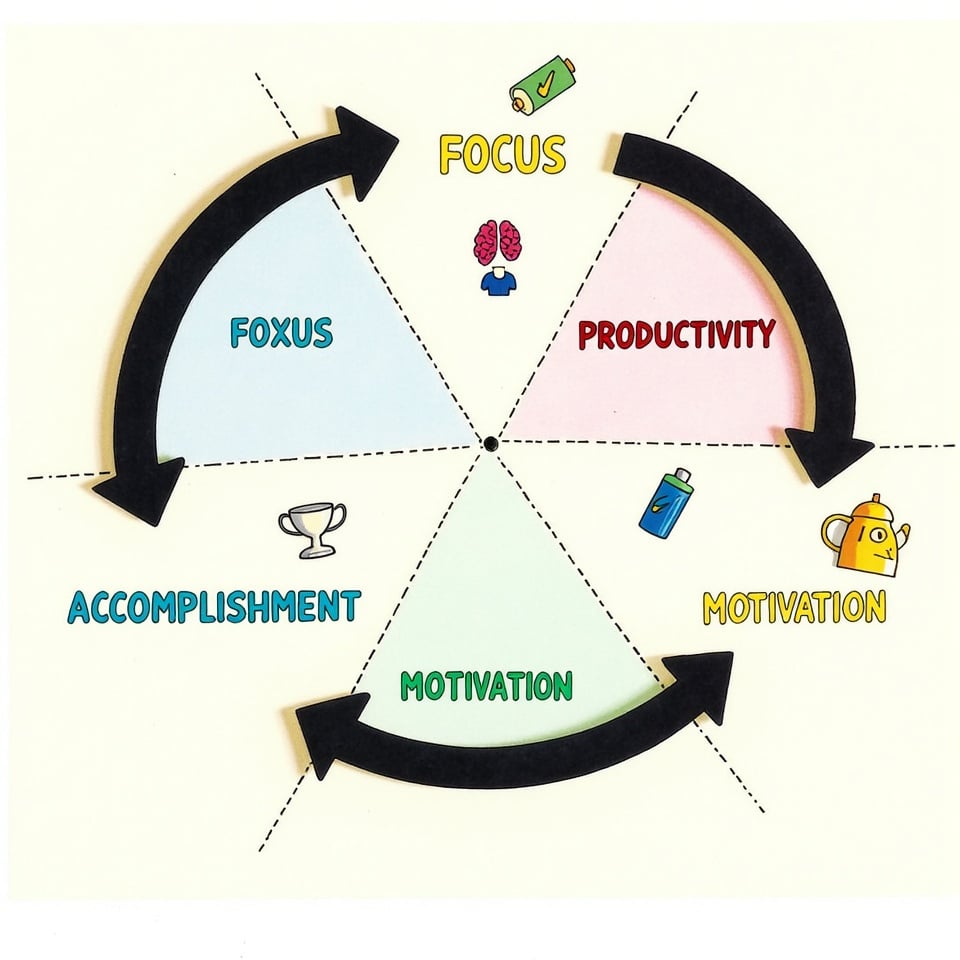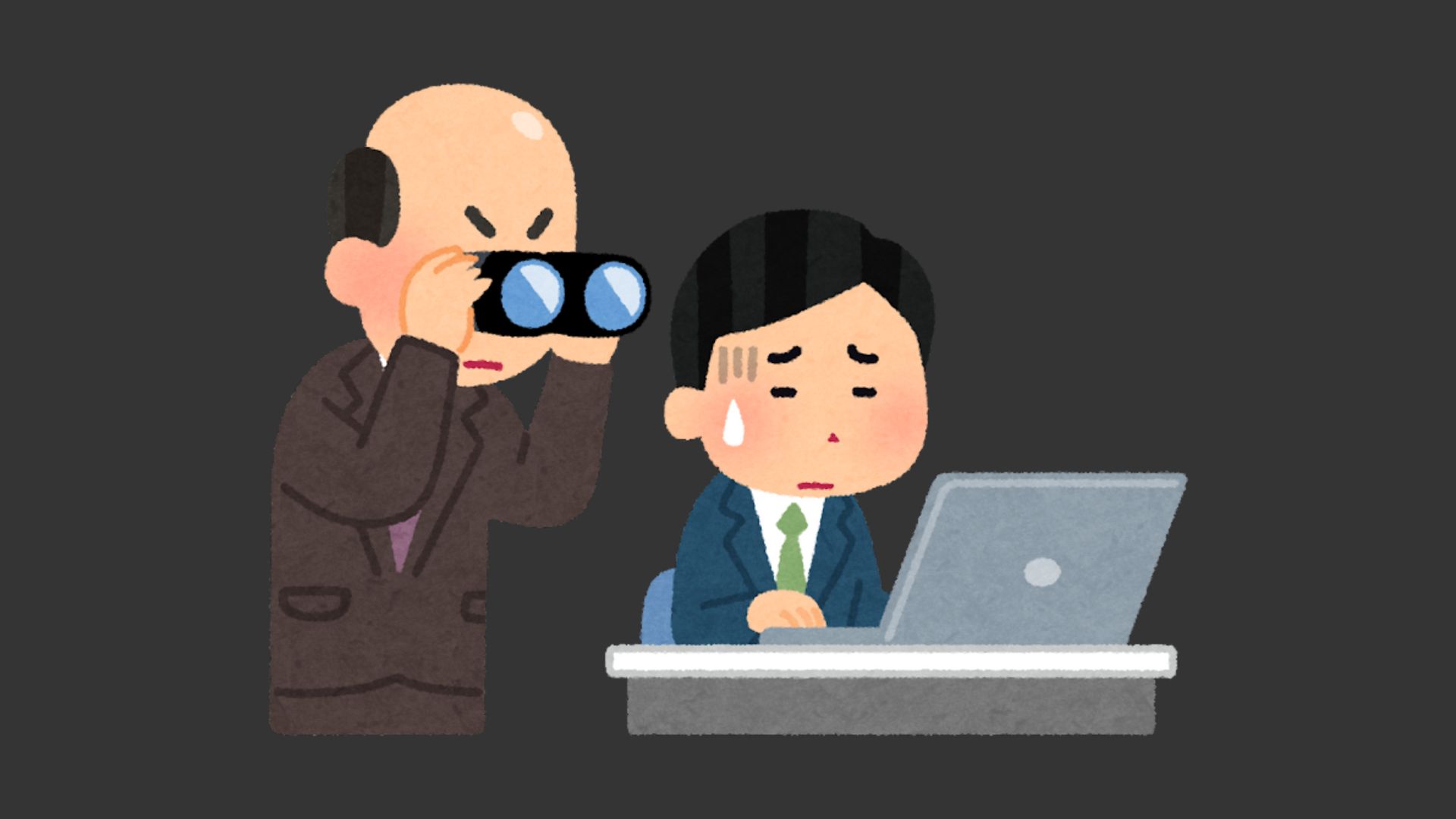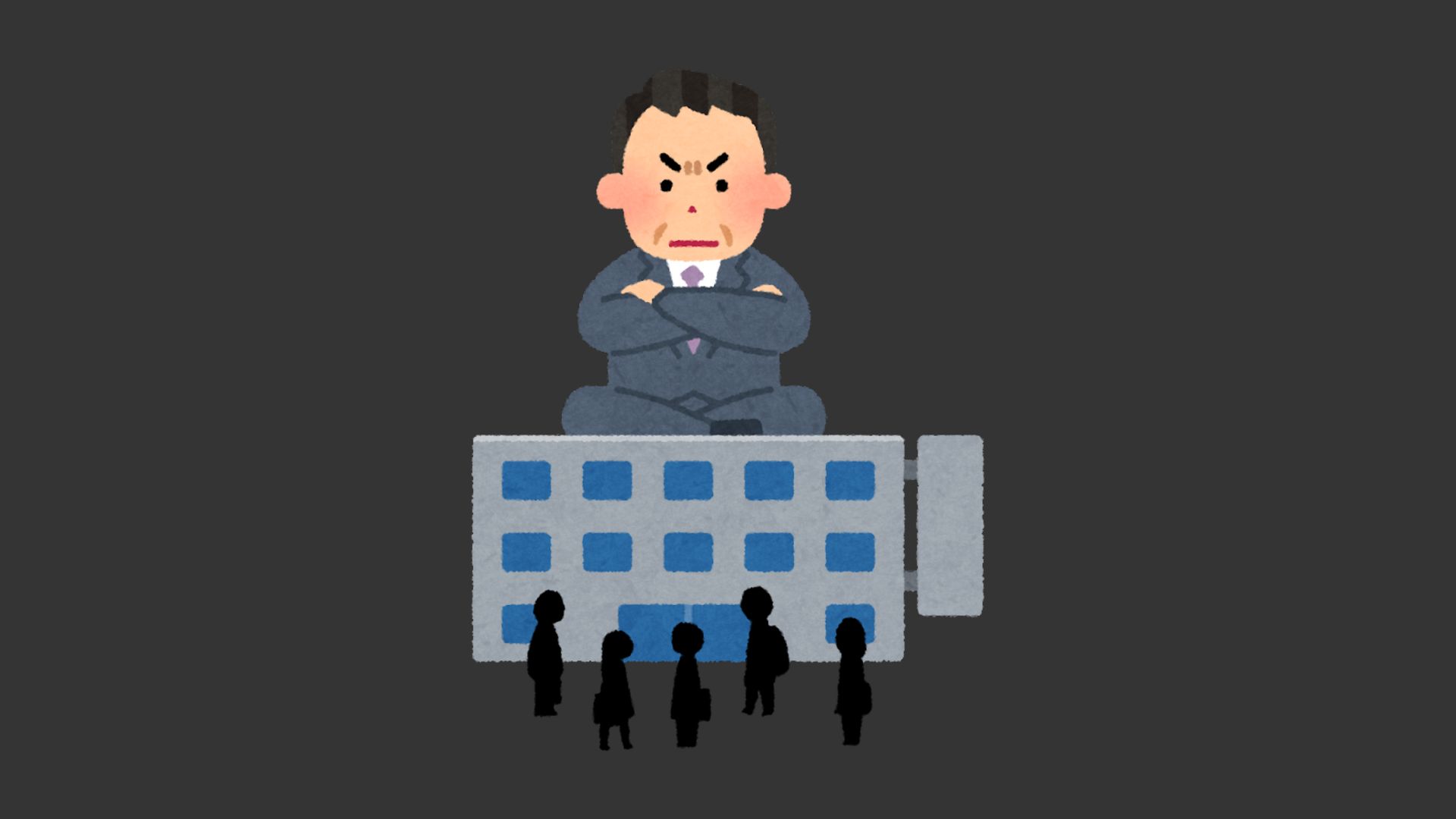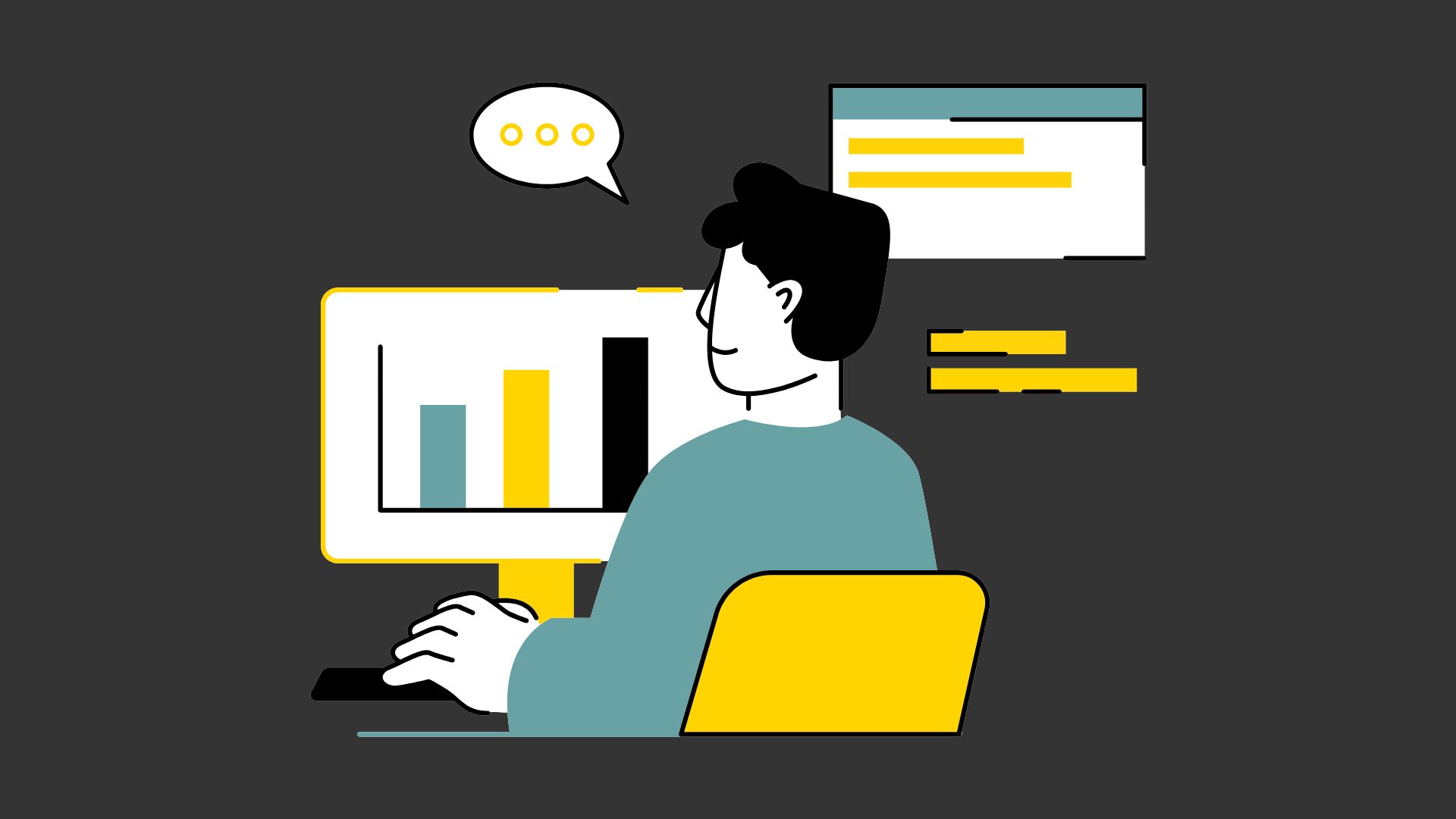Struggling to focus at work? You’re not alone.
Studies reveal that the average employee faces interruptions every 11 minutes, making it hard to maintain productivity.
The good news? You can reclaim your concentration and enhance your work efficiency with the right strategies.
In this article, we’ll dive into seven actionable solutions designed to eliminate distractions and boost your productivity.
Get ready to transform your workday and harness your full potential!
7 Effective Solutions When You Can’t Focus at Work
When you’re struggling to focus at work, you’ll need a multi-pronged approach that includes optimizing your workspace, managing digital distractions, and implementing structured work techniques.
You can start by decluttering your desk, turning off unnecessary notifications, and creating a detailed task schedule with built-in breaks.
Regular movement breaks, breathing exercises, and mindfulness practices will strengthen your ability to concentrate while reducing mental fatigue throughout the workday.
1. Environment Optimization
Since your physical workspace directly impacts your ability to focus, optimizing your environment is essential for reclaiming productivity.
To help you stay focused and maintain good mental health, create a dedicated workspace that reflects your professional goals.
Here’s how you can transform your environment to focus on what truly matters:
| Element | Impact | Action Steps |
|---|---|---|
|
💡
Lighting
|
👀 Reduces eye strain |
🪟
Position desk near natural light
|
|
🔊
Sound
|
🎧 Minimizes distractions |
🎧
Use noise-canceling headphones
|
|
📋
Organization
|
🧠 Improves mental clarity |
✅
Maintain a visible to-do list
|
Consider adding plants to your workspace and keeping it clutter-free.
These tips to help you concentrate aren’t just about aesthetics—they’re proven strategies for better focus.
Position your desk to minimize visual distractions and personalize your space with meaningful, motivational elements that inspire productivity.
2. Digital Distraction Management
Digital distractions pose one of the biggest threats to workplace productivity in today’s hyper-connected world.
Taking control of your digital environment isn’t just helpful – it’s essential for maintaining focus and getting work done.
You’ll find greater success by implementing proven strategies that help you set boundaries with technology.
- Install website blockers to prevent access to social media and other distracting sites during work hours
- Turn off non-essential notifications on your phone and computer to minimize interruptions
- Designate specific times for checking emails and messages rather than responding immediately
- Practice the Pomodoro Technique: 25 minutes of focused work followed by short breaks
- Schedule regular digital detox periods where you completely disconnect from devices
These evidence-based approaches will help you regain control over digital distractions and boost your productivity naturally.
3. Work Structure Techniques
A well-structured workday can transform your ability to focus and get things done.
By implementing a structured daily schedule, you’ll join countless professionals who’ve mastered their workflow through smart productivity tips.
Start by using time-blocking to designate specific periods for different tasks. You’ll want to set clear boundaries for focused work, breaks, and meetings.
This approach helps you prioritize tasks effectively while preventing the constant task-switching that kills productivity.
Create blocks of time for your most important work when your energy levels are highest. For most people, that’s in the morning.
Then, schedule administrative tasks and meetings for later in the day.
Remember to build in short breaks between blocks – they’re not just helpful, they’re essential for maintaining peak performance throughout your workday.
4. Physical Interventions
When your mind starts to wander at work, physical interventions can help you regain focus and boost your productivity.
These practical tips to help you stay alert don’t require much time to sit and plan – you can implement them right away to make sure you’re performing at your best.
- Take a brisk 10-minute walk during your lunch break to increase blood flow and mental clarity
- Stand up and stretch every hour to relieve muscle tension and refresh your mind
- Practice deep breathing exercises at your desk when you feel overwhelmed
- Position yourself near natural light to regulate your body’s circadian rhythm
- Keep a water bottle at your desk and stay hydrated throughout the day
These simple physical actions help us maintain energy levels and sharpen concentration when focus starts slipping.
5. Cognitive Strategies
Beyond physical movement, your mind needs specific techniques to stay sharp and focused throughout the workday.
Start with mindfulness practices that truly matter – even five minutes of meditation can help you regain concentration.
When distractions mount up, close the door and silence notifications to create a mental sanctuary.
Here are practical tips to help sharpen your focus:
- Create a structured to-do list, breaking large projects into smaller tasks
- Practice the “two-minute rule” – if a task takes less than two minutes, do it immediately
- Set specific times to check email and messages
- Use brain-training apps during breaks
6. Workload Management
Managing your workload effectively starts with gaining control over competing priorities and endless to-do lists.
When you’re feeling overwhelmed, it’s essential to implement a structured approach that’ll help you regain focus and maximize your productivity.
Breaking down your workload into manageable chunks makes even the most intimidating projects feel achievable.
- Create a prioritized daily to-do list, ranking tasks by urgency and importance
- Block out specific time slots for concentrated work with minimal interruptions
- Break large projects into smaller, achievable milestones
- Set boundaries by scheduling focused work sessions and communication periods
- Delegate tasks that others can handle, freeing up time for critical responsibilities
7. Addressing Underlying Issues
To restore your focus at work, it’s essential to identify and address the root causes disrupting your concentration.
Studies show that over 60% of workers struggle with stress and burnout, which greatly impact their ability to stay focused.
Start by evaluating your physical well-being. Regular exercise boosts cognitive function and reduces anxiety, helping you maintain mental clarity throughout the day.
Next, implement mindfulness practices like meditation or deep breathing exercises – they’re proven to enhance attention spans and help you redirect wandering thoughts.
You’ll also want to assess your work environment.
Create clear boundaries around technology use, eliminate unnecessary distractions, and make certain your workspace supports concentration.
Don’t forget to set well-defined objectives for your tasks; when you know exactly what you’re working toward, you’ll find it easier to maintain focus.
When to Talk to Your Manager About Focus Issues
When persistent focus issues begin affecting your work quality, it’s crucial to know the right time to bring these concerns to your manager.
Being proactive about addressing these challenges shows your commitment to maintaining high-performance standards and helps create a collaborative, solution-focused environment.
Consider discussing your focus issues with your manager when:
- You’ve noticed a consistent decline in your productivity despite implementing personal strategies
- External workplace factors, like noise or interruptions, are considerably impacting your concentration
- Your current workload or deadlines feel overwhelming and unsustainable
- You’ve identified specific solutions but need organizational support to implement them
- You’re experiencing ongoing distractions that require management intervention
Wrapping it up
You’re not alone in your workplace focus challenges – studies show the average employee is interrupted every 11 minutes, taking up to 25 minutes to fully regain concentration. B
y implementing these seven targeted solutions, you’ll create an environment and work style that supports sustained attention.
Start with small changes, monitor what works best for you, and don’t hesitate to discuss persistent focus issues with your manager.
Your productivity can and will improve.







